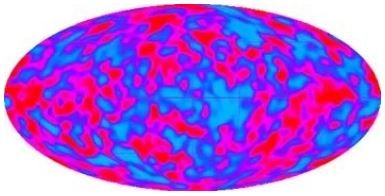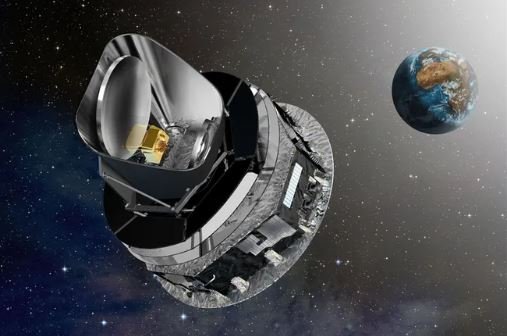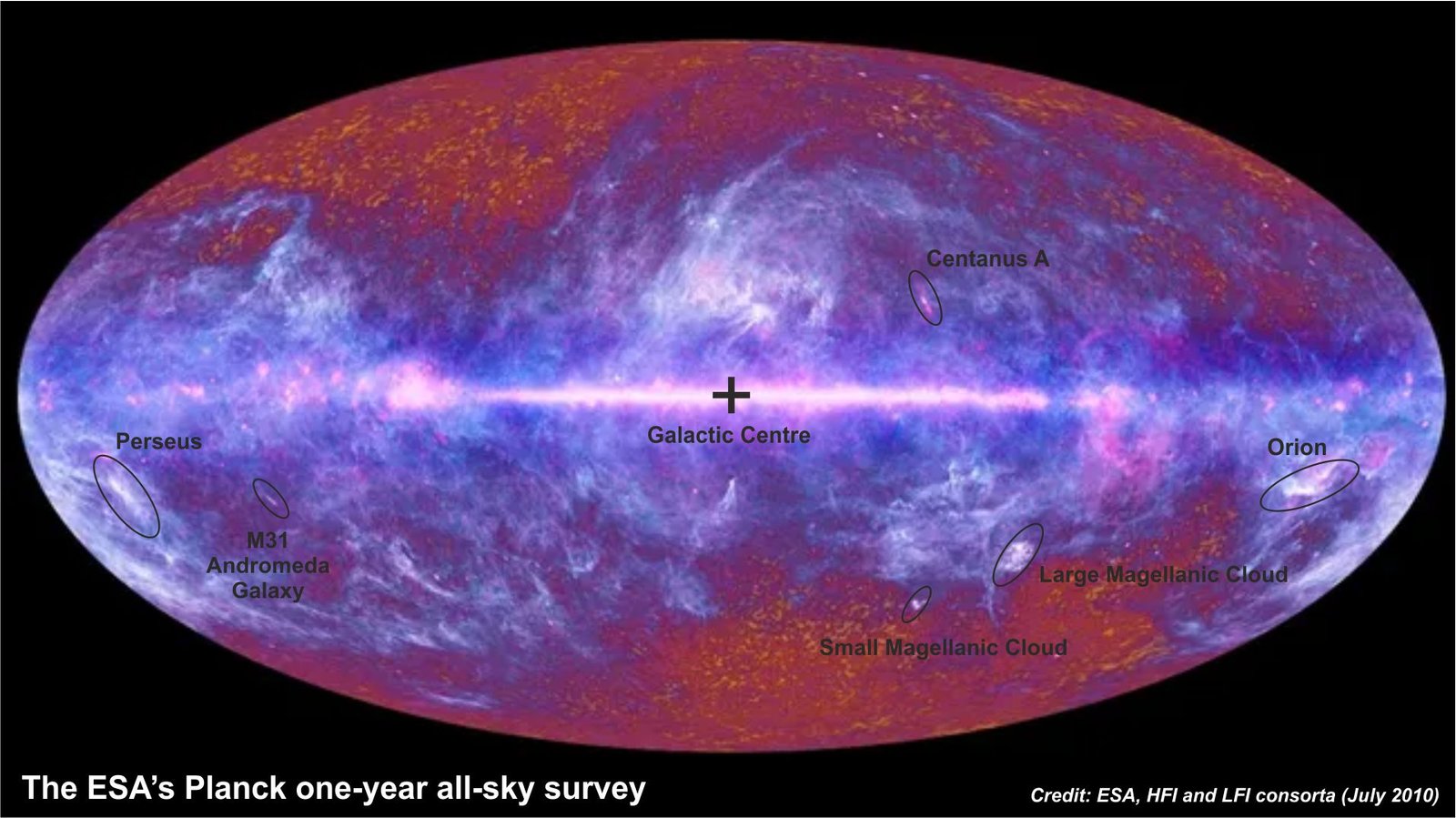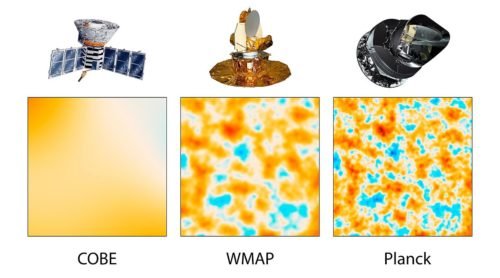The cosmic microwave background can help scientists piece together the history of the universe.
oooo

Cosmic Background Explorer spacecraft

- In 1993, the first images of this radiation were produced by the Cosmic Background Explorer (COBE) spacecraft.
o - The COBE image shows the minute variations in temperature (pink = warmer / blue = cooler) that were predicted by the Big Bang theorists.
oooo

Modern Planck Radiation Satellite
- the satellite is the most sensitive telescope ever designed to study the cosmic microwave background.
o - the remnants of radiation from the Big Bang 13.8 billion years ago – Planck’s detectors by microwave radiation to measure the temperature of this light, searching for regions that are slightly warmer or colder than the average.
o
oooo
oooo
oooo

BSL Version
o
- explaining about the first images.
oooo
oooo
oooo

BSL Version
- explaining about the Planck satellite.
oooo
Cosmic Microwave Background

- Planck collected data for the all-sky map from August 2009 to June 2010.
o - This all-sky image of the cosmic microwave background, created from data collected by the European Space Agency’s Planck satellite’s first all-sky survey, shows echoes of the Big Bang left over from the dawn of the universe.
o

Comparison of Cosmic Microwave Background (CMB) results from COBE, WMAP and Planck.
o
o
More information about spacecraft
o
- COBE – Cosmic Background Explorer (CMB) / Spacecraft Explorer 66 – Wikipedia
o - WMAP – Wilkinson Microwave Anisotropy Probe / Spacecraft Explorer 80- Wikipedia / Website: NASA WMAP
o - Planck – COBRAS / SAMBA Space telescope – Wikipedia / Website: ESA Planck
oooo

BSL Version
- explaining about the Planck collected date.
o - Spacecraft
(COBE / WMAP / Planck)
oooo
oooo
Back to The Universe / next to Objects page.